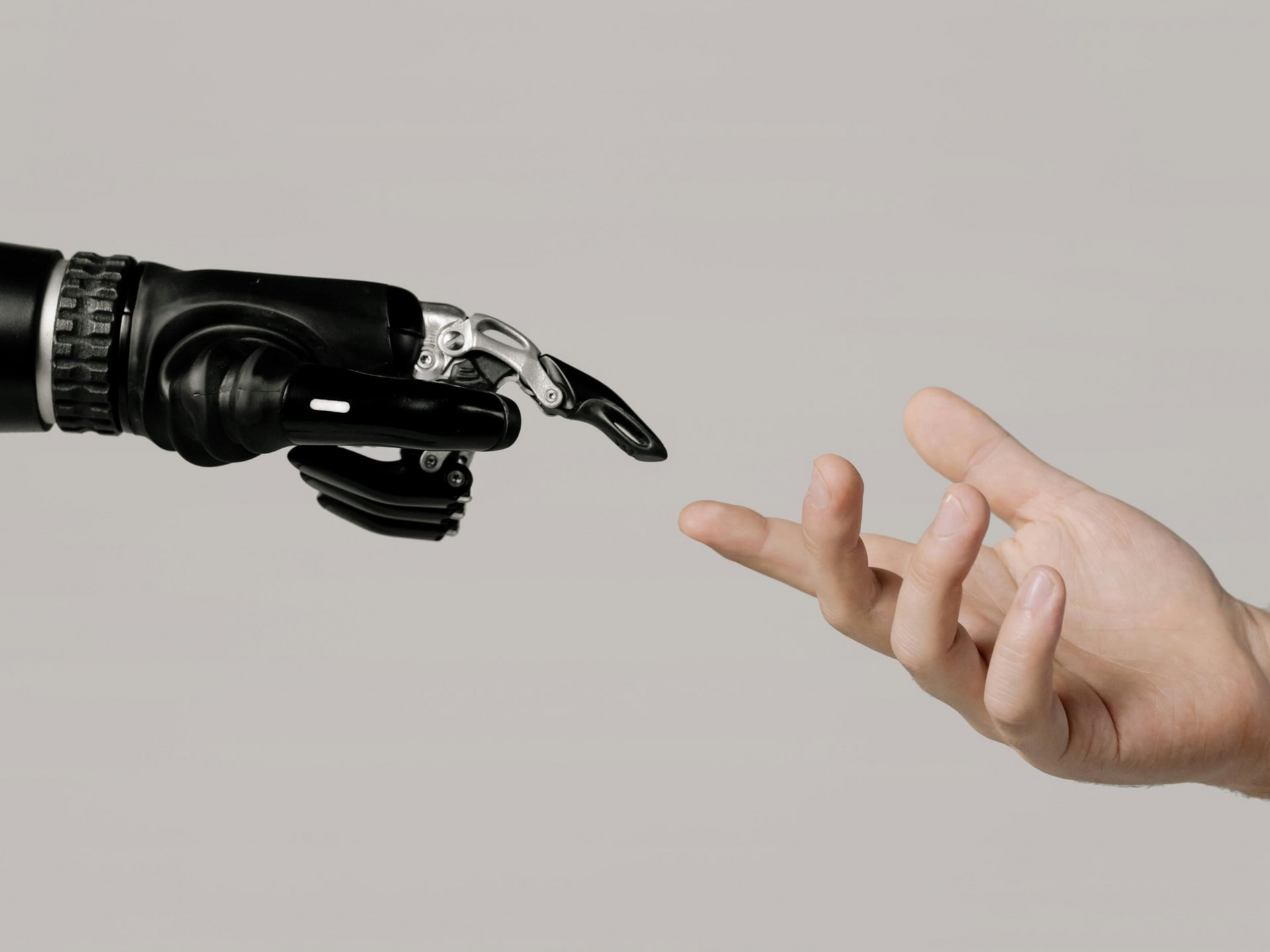The AI Paradox: How Do We Balance Innovation with Environmental Responsibility
Why Sustainability Must Be Part of Your Digital Transformation

AI is suddnely, aboslutely everywhere. For a small business, it promises all the magic; unparalleled efficiency, groundbreaking innovation, and a future where complex tasks are streamlined with seamless precision. But if we’re all being honest, there's a serious conversation we need to have about it, because while the tools are amazing, their cost to our planet is a paradox we can't ignore.
This isn’t a debate of tech vs. the planet. It’s a nuanced challenge where the very tools designed to make our businesses more efficient also carry a significant and often unseen environmental footprint. At
Kinship Media, where we guide businesses through their digital journey, we believe that understanding this paradox is the vital to coming up with a viable and responsible solution.
The AI Paradox: Efficiency vs. Environmental Impact
AI's potential for efficiency is a game-changer. For business owners, AI tools optimize supply chains, reduce energy consumption in smart buildings, and predict equipment failures to prevent waste and maximize resource utilization. For a small business, this is more than just a tag line. It isn't just about sounding "green"; it's about real financial wins and tangible reductions in resource waste. We’re talking about an AI-powered system that drastically reduces overstocking, or an intelligent routing system for deliveries that cuts off miles and fuel consumption. These are clear wins for both your bottom line and our environment.
On the other hand, we have to talk about the energy consumption of AI itself. Training a single large AI model, like the ones powering popular chatbots, requires immense computational power. That power translates directly into a serious AI carbon footprint. We’re talking about an energy cost equivalent to the lifetime emissions of several cars. Beyond that, the data centers that house these operations are massive consumers of energy and water, and the hardware the specialized chips and servers contributes significantly to e-waste at the end of its life cycle.
We don't need to abandon AI. We just need to engage with it consciously.
The Problem with "Cherry-Picking" Environmentalism
A huge red flag in the sustainability conversation is "cherry-picking" environmentalism. That's when a company highlights only the feel-good, eco-friendly parts of its operation while conveniently ignoring the rest. With AI, this could mean a brand loudly promoting how an AI tool reduced its energy use, while remaining completely silent about the massive energy footprint of that AI's development and the data centers powering it.
This approach isn't just a little shady; it's a massive disservice to genuine progress. True environmental responsibility means taking a holistic view evaluating the entire lifecycle and impact of a technology. As small businesses, our strengths lie in transparency and agility. We have a real opportunity to be upfront about our digital footprint and to lead by example.
Ethical AI Isn't Just About People, It's About the Planet
When discussing ethical AI, we often focus on issues of bias, privacy, and fairness, which are all essential. But our definition of ethical must expand to include environmental stewardship. An AI system that is fair and unbiased but contributes significantly to climate change is not truly ethical in the full scope of the word.
To integrate environmental considerations into our ethical AI frameworks, we should:
- Ask the Right Questions: Demand and provide transparency about the energy consumption of AI models.
- Prioritize Efficiency: Choose AI models that are computationally efficient.
- Choose Green Infrastructure: Select AI service providers that power their data centers with renewable energy sources.
- Think in Cycles: Consider the environmental impact of AI hardware, from manufacturing to responsible recycling and disposal.
Navigating the Paradox: Your Path Forward
So, how do small businesses, often with limited resources, navigate this complex AI paradox? It all starts with awareness and a commitment to asking the right questions.
- Educate Yourself: Get a clear understanding of AI's environmental impact. This isn’t about being an expert; it's about being informed.
- Choose Your Partners Wisely: When selecting AI tools or partners, don't hesitate to inquire about their sustainability practices. Do they use green data centers? Are their models optimized for efficiency?
- Integrate with Intention: Utilize AI to address a genuine business problem where the efficiency gains significantly outweigh the environmental costs. A good example is utilizing AI to optimize business processes and minimize physical waste.
- Offset & Mitigate: As we'll discuss in our next blog post, find ways to offset your digital footprint in other areas of your business and personal life.
The AI revolution is here, and its potential is enormous. But its true power will only be realized if we engage with it responsibly, balancing innovation with a deep commitment to our planet. For us at
Kinship Media, and for the small businesses we serve, this balance isn't just a challenge it’s an opportunity to build a more conscious, sustainable, and impactful digital future.





